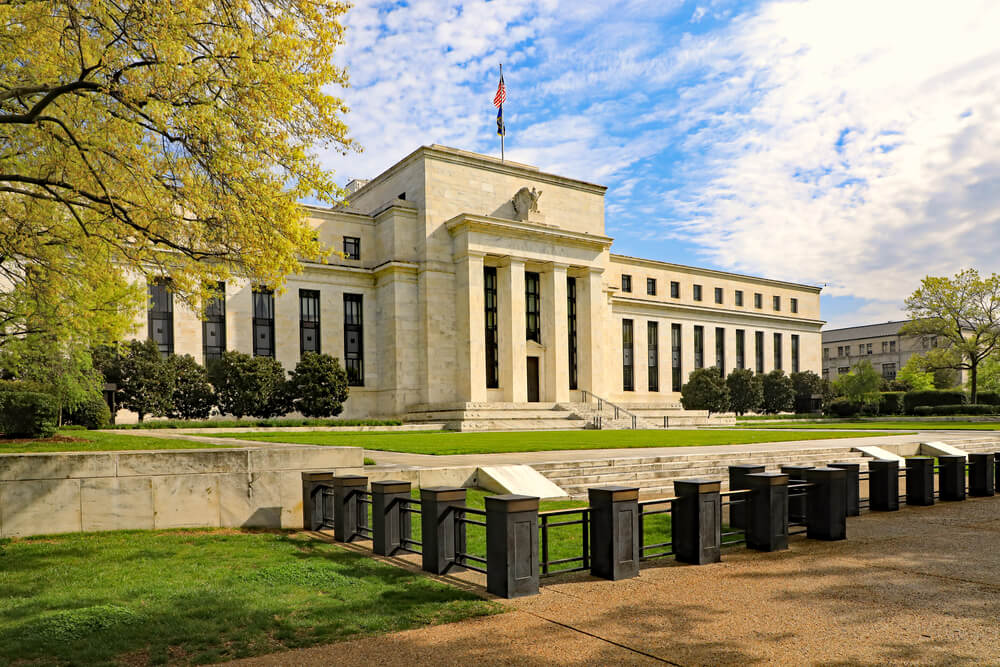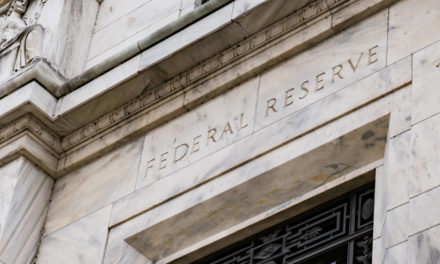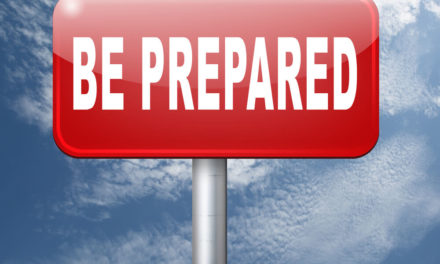The Federal Reserve’s ability to function independently of the White House and political influence has long been seen as crucial to the stability of the U.S. economy.
Presidents are supposed to remain above the fray when it comes to interest rate increases and decreases that help combat inflation, and keep the economy from overheating.
But Donald Trump was no ordinary candidate, voicing his displeasure with the Fed on the campaign trail, and he’s proven time and time again to be no ordinary president, again voicing annoyance with the Fed several times since taking office.
“I don’t like all of this work that we’re putting into the economy and then I see rates going up,” Trump said in a July interview with CNBC.
His beef centers around his belief that America’s central bank should do more to help him boost the economy, Trump told Reuters in an exclusive interview this week.
“I’m not thrilled with his raising of interest rates, no. I’m not thrilled. I should be given some help by the Fed,” Trump said, referring to Federal Reserve Chairman Jerome Powell, a Trump appointee.
The president’s signature piece of legislation thus far, the Tax Cuts and Jobs Act passed just last year, has effectively put more money in the pockets of average Americans and the corporations and business who pay their salaries. But, Trump contends, the Fed raising interest rates puts a damper on his $1.5 trillion give back by making borrowing more expensive for everyone and depressing stock prices.
Powell has raised the interest rates twice this year already, and has signaled he plans to raise it twice more, likely in September and again in December.
“We’re going to do our business in a way that’s strictly nonpolitical, without taking political issues into consideration, and that carries out the mandate Congress has given us,” he said in a July interview with the Associated Press.
Consumer price inflation rose to 2.9 percent in July, its highest level in six years, and unemployment is hovering right around 4 percent, the lowest level in two decades.
The Fed left rates at historically low levels for after the Great Recession began in 2008, helping breathe life back into the worst economy since the Great Depression. The Fed slowly began raising the rate in late 2015.
Powell is set to speak Friday at the Economic Policy Symposium, in Jackson Hole, Wyoming, in what will be his first chance to publicly respond to the pressure the president has been applying.
So the question remains: Should the Fed kowtow to Trump and keep rates steady or even lower them, or should it remain on course and raise the rates as planned?
Make your voice heard by voting in our poll and discuss your vote in the comments below, and be sure to follow along on Twitter @TheMoneyMarkets.
[totalpoll id=”4265″]
The Associated Press contributed to this report.




